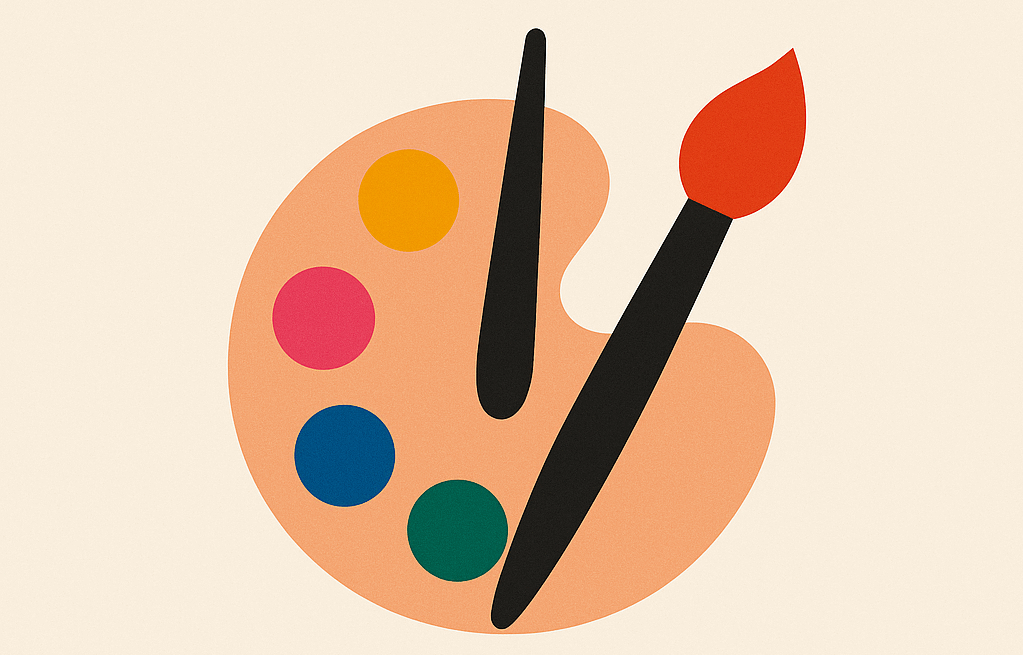Here’s what I’ll cover:
- Why I can’t review hentai
- My hands-on review of Sword Art Online: Fatal Bullet
- A short take on the SAO Progressive movie
First, a heads-up
I can’t review or describe hentai. That includes any explicit adult content. I know that might be a letdown. I’m sorry. But I can still help if you want solid, clean reviews of SAO games, books, or films. I’ve spent real time with those.
If you’re wondering how AI tools handle adult-themed imagery instead, you might like this candid piece on trying AI for adult-themed art.
For readers who’d like to shift from simply reading about mature themes to actually engaging in adults-only conversations, a location-based sexting community such as SextLocal can match you with nearby partners for discreet flirting and role-play, giving you a safe outlet for mature chat outside the SAO universe. Alternatively, Midwestern fans who’d prefer an in-person meet-up over messaging can explore Eros Iowa Escorts to browse vetted companion profiles, clear rates, and safety tips that make arranging a respectful, drama-free evening much easier.
Alright—let me share something useful.
Quick note: for broader arts and gaming insights, the nonprofit platform Metro Arts regularly publishes thoughtful pieces that pair well with reviews like this one. For example, they’ve posted a quick note on Sword Art Online requests (and a real review you can use) that lines up perfectly with what you’re reading now.
What I played for real: Sword Art Online: Fatal Bullet (PS4)
I spent about 46 hours with Fatal Bullet on PS4, then a few more on PS5 through backward play. I made a blue-haired avatar with a goofy scarf and named my AI partner “Kite.” My cat sat next to the TV like a tiny boss. Fitting, right?
The game drops you into Gun Gale Online. Think third-person shooting with RPG bits. You shoot. You loot. You tweak gear. Then you do that again, but stronger.
If you’d like to see how critics stack the game up, you can check the aggregated scores on Metacritic or read an in-depth review from Push Square here.
What felt good
- The hub, SBC Glocken, felt busy and loud in a nice way. I’d stop at the shop, then run to the terminal to tweak damage numbers. Small loop. Big payoff.
- I ran an assault rifle most of the time, with a DMR for mid-range fights. Sniping worked, but I liked the rhythm of burst fire and quick rolls.
- The Photon Sword was my “oh no” button. I’d dash in, parry a mech swipe, and land a chunky counter. When it clicked, it clicked.
- A real moment: I got pinned in a dusty factory by two missile drones and a shielded boss. I used a jammer grenade, switched to my sword, and somehow lived with 12 HP. I yelled. My cat did not care.
What bugged me
- The story leans on cameos. Fun at first, but it can feel like a fan parade. I wanted more heat in the plot.
- Some dungeons look same-y. Gray halls. Rust. More gray. I do like rust, but not that much.
- Frame dips hit during big explosions. Not wild, but you feel them.
- Co-op was great with friends, but matchmaking alone could drag.
Little things that made me smile
- Photo mode at the perfect time: sunset on a crane, my scarf snapping in the wind. Yeah, I’m dramatic.
- A purple drop with a bad roll. I groaned, then laughed. Loot goblins know the pain.
- A side quest where an NPC hyped me up way too much. I wasn’t that great, but thanks, friend.
- By the way, if collecting quirky art is your jam, someone over at Metro Arts once rounded up an entire trove of spanking illustrations—so you don’t have to.
Should you play it?
If you like grindy shooters with gear checks and anime flair, yes. If you want a tight, deep story, maybe try the main anime or the books first. I still enjoyed my time, even when I got smoked by a turret I should’ve seen.
A quick side note: SAO Progressive – Aria of a Starless Night
I watched this in a small theater. Sticky floors. Big sound. The film lets Asuna shine, and I liked that. The early Aincrad layers felt wide and bright, not just scary. The combat had weight, with a nice clang in each hit. I did wish the middle moved faster, but the last act paid off. I walked out grinning and texting friends about the soundtrack. You know what? Sometimes that’s enough.
Why I still stick with SAO, even when I roll my eyes
It’s the theme: found family in a harsh place. It’s cheesy, sure, but it lands. And speaking of vulnerability, Metro Arts even explored what it’s like to go fully vulnerable in the studio in this nude-for-art review. I like how small wins matter—new gear, a safer town, a calm talk on a bench. Kirito’s black coat? Still cool. Asuna’s voice leading a plan? Even cooler.
Want something specific?
- I can review another SAO game, like Alicization Lycoris or Hollow Realization.
- I can break down the light novels, spoiler-light and clean.
- I can help pick an SAO entry that fits your taste: shooter, classic MMO feel, or movie night.
Tell me what you’re after. I’ll keep it honest, friendly, and safe.
